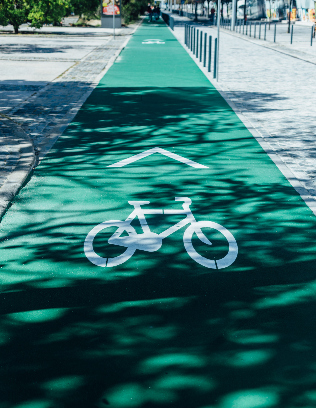

Constructing a transition pathway requires a vision-led approach to planning. This approach, being developed in SUMP-PLUS, puts EU carbon zero targets at the centre of longer-term SUMP planning, and relies on ‘backcasting’ rather than ‘forecasting’ methods.
Traditionally, transport planning in urban areas has been based on meeting model-derived forecasts of travel demand, although some have long challenged this ‘predict and provide’ approach. The backcasting methodology has been explored in EU projects since the early 2000s, but has not been widely disseminated in practical guidance on urban mobility planning. Backcasting takes a future city vision as its starting point and works backwards all the way to the present, to identify what needs to be done and by when, to achieve the end target(s). The use of scenarios also differs. Instead of using scenario-building to develop forecasts of what future trends might be, we start with a vision for what we want the future to be like, and then use scenarios to stress-test the policy mix judged to be best able to meet the target outcomes against uncertain external factors.
SUMP-PLUS provides guidance on how cities can develop policy pathways to achieving carbon-neutral mobility by 2050 (in addition to meeting other objectives), by developing a 20 to 30-year vision, a high-level policy mix and a strategic policy timeline. Without a clear long-term strategy focused on the Green Deal’s 2050 target, implementation of even the best SUMPs risks focusing on political and policy priorities in the short- to medium-term, without an overview as to whether the city is ‘on track’ to achieve carbon-neutrality by 2050.
